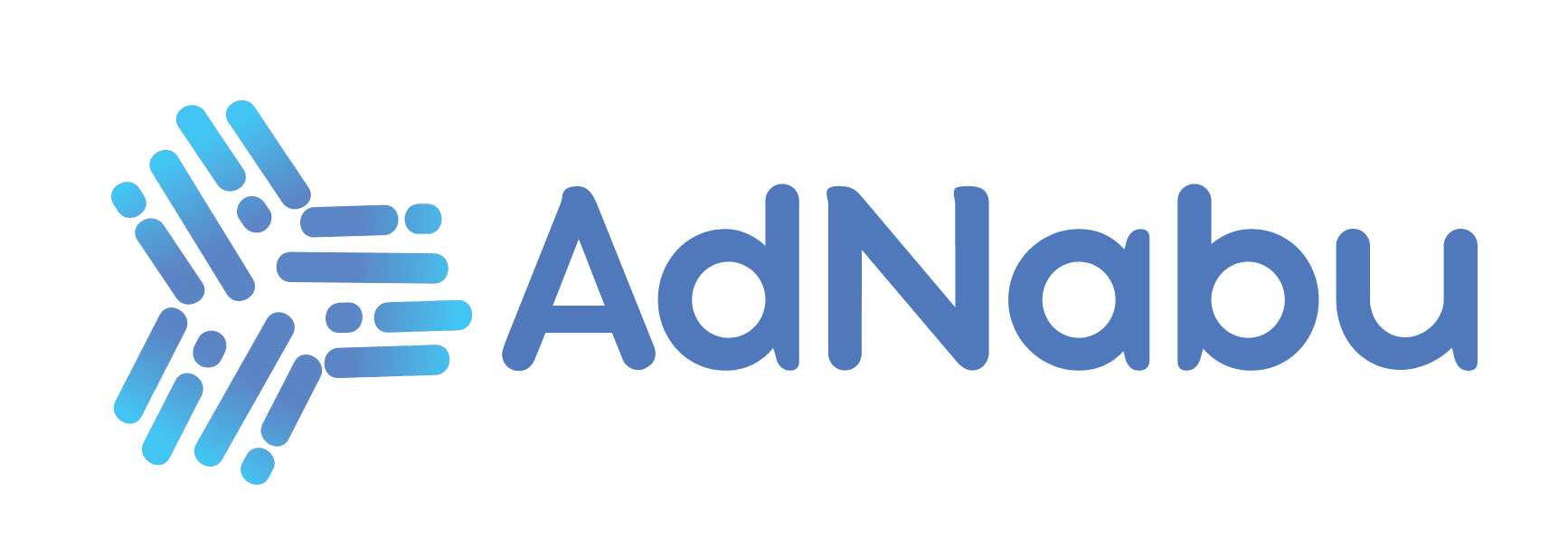Before we get into a detailed understanding of ad groups in Google Ads, lets first try to get the picture of the structure of a Google Ads account better. Google Ads is a three-layered structure wherein each account is associated with an email address. In other words, one email address can have only one Google Ads account. (This has changed recently but let’s stick to this number as of now). Each Google Ads account can have multiple campaigns and each campaign can have multiple ad groups.

What is an Ad Group?
A set of ads and keywords that are related to each other are housed under an Ad Group.
For instance, you are selling footwear for both men and women. You set two different campaigns, one for mens footwear and the other for womens footwear. Let’s name them Men Campaign and Women Campaign. You have casual footwear, sports footwear and formal footwear for both men and women. Now you create 3 ad groups based on these categories (casual, sports and formal) in both the campaigns. Lets name these 6 ad groups as Men Casual, Men Sport, Men Formal, Women Casual, Women Sport and Women Formal.
Now you have 6 ad groups, each of them has two key components, ads, and keywords. For the ad group Men Casual, say you have designed an ad and the keywords have set are Men Casual Shoes, Casual Shoes, Casual Shoes For Men etc. Similarly, for the ad group Women Casual, you have a specific ad and a set of keywords like Women Casual Shoes, Casual Shoes, Casual Shoes For Women etc. You can do the same for rest of the ad groups too, a category specific ad and related keywords that trigger the ad.

Note: There are no realistic limitations on the number of ads or keywords in an ad group. An ad group can have multiple keywords and multiple ads.
The most important thing to understand about an ad group is that only the keywords in a particular group can trigger ads in that group. In the case of multiple ads, Google, based on relevancy and performance, shows the best of all the ads in that ad group.
Best Ad Group Structure in Google Ads?
At AdNabu, we encourage our customers to use single keyword ad groups. We believe this practice renders better results than the traditional multi-keyword ad groups. This is backed by our research-based understanding of Google Ads over time. We have compiled a blog with rationale, detailed insights, and benefits of single keyword ad groups.





